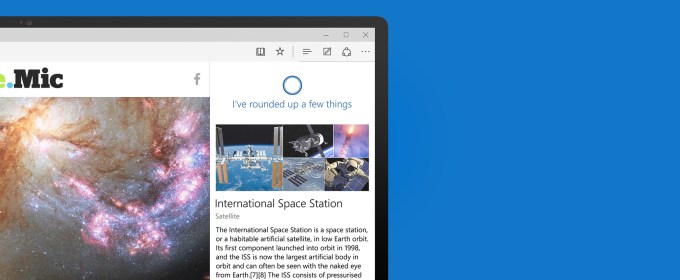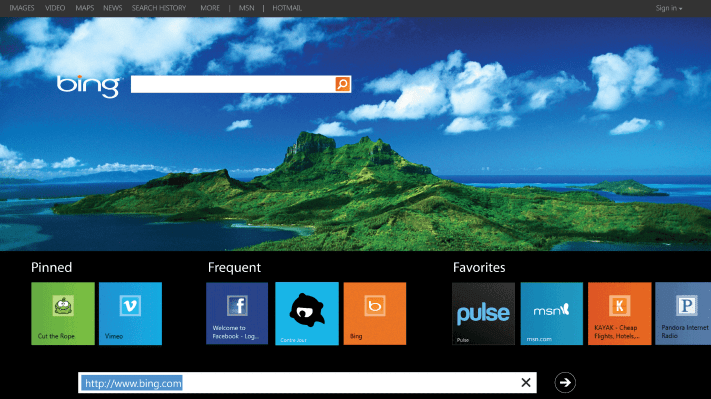Microsoft’s push towards Windows 10 continues. Today, Microsoft is ending support for Windows 8, as well as older versions of its Internet Explorer web browser, IE 8, IE 9, and IE 10. For end users, that doesn’t mean the software instantly becomes non-functional, but that it will longer be updated with bug fixes or other security patches. That could potentially expose a good portion of online users to malware, if they choose not to upgrade, Microsoft warns.
On its website, the company explains that security patches are necessary to protect computers from attacks, so “upgrading and staying current is important.”
Microsoft suggests that users who want to remain on Internet Explorer immediately move to the new version, Internet Explorer 11, which offers better security, improved performance, better backward compatibility, and support for web standards. This version of the web browser will continue to receive fixes and security patches, as well as technical support on several versions of Windows, including Windows 7, Windows 8.1 and Windows 10.
Of course, users can also choose to move to Microsoft’s new web browser, Microsoft Edge, if they also move to a Windows 10 device. This successor to IE is the built-in browser on Windows 10, and offers a simple design, access to Microsoft’s virtual assistant Cortana, a “Reading View,” and the added ability to doodle or annotate web pages with notes, among other things.
Additionally, if you’re still slogging away on Windows Vista (SP2), IE 9 will continue to be supported, Microsoft said previously. Windows Server also offers some exceptions, with IE 9 support on Server 2008 (SP2) and IE 10 support on Server 2012.

The current user base on IE 8 through 10 is sizable – it represents roughly 20 percent of the desktop web browser market, according to data from Netmarketshare. That is, 4.18 percent of users are on IE 10, another 6.67 percent use IE 9, and 8.95 percent are on IE 8.
In addition to killing off older versions of IE, today is also the last day for Windows 8 support, which will also no longer receive security patches and other updates following today’s final Patch Tuesday for the OS. That means Windows 8 users will need to upgrade to Windows 8.1 or Windows 10, in order to continue to protect their PC from security risks.
Windows 8.1 upgraders will then receive support until Jan. 10, 2023, and Windows 10 upgraders will have support until Oct. 14, 2025 after they move to the new OS version.
Microsoft has been heavily pushing its newer OS Windows 10, and said recently that the operating system is now running on over 200 million devices. However, the company’s larger goal is to increase that figure to over a billion in a few years’ time. In part, getting there will require overcoming users’ inertia – and enterprise’s reluctance – to move to a new version of an OS.
According to some sources, Windows 8 is still running on 2-3 percent of PCs, or 30-40 million devices. By forcing customers’ hands by ending support for older versions, Microsoft is encouraging those users to finally ditch their outdated software.
